In this special three part series of PSC Deep Dive, host William P. Adams Jr., MD moderates a group discussion on Breast Implant Associated-Anaplastic Large Cell Lymphoma (BIA-ALCL) with three BIA-ALCL patients: Terri McGregor, Michelle Forney and Jennifer Cook.
In part three, the group discusses the many mysteries still surrounding BIA-ALCL and highlight the importance of ongoing research to better understand, treat and prevent the disease in the future.
WHAT IS BIA-ALCL?
BIA-ALCL is a lymphoma associated with textured breast implants, both saline and silicone. Unlike breast cancer, which develops in the tissues of the breast, BIA-ALCL is found in the fluid and scar tissue surrounding the breast implant. When the disease is detected early, surgical removal of the implant, the scar tissue and the fluid can cure the disease. When the disease is not detected early it can spread, and in some cases, become deadly.
Not all physicians and patients are aware of BIA-ALCL, which can lead to delays in diagnosis and progression of the disease. Raising awareness of BIA-ALCL, its symptoms and treatment protocol, is critical to maximizing the safety of patients with breast implants.
Unexplained Causality
While there are symptoms and tests that can help detect the presence of cells associated with BIA-ALCL, there is still a lot that remains unknown about the disease and how to best detect it. Testing of the fluid, called a seroma, around an implant is one way to diagnose the disease. There is not, however, always a noticeable seroma present.
Terri McGregor, for example, did not exhibit any symptoms prior to her diagnosis with BIA-ALCL.
“I had no symptoms. I had no noticeable fluid. No noticeable swelling. No pain,” shares Terri. A mammogram had revealed implant rupture, and she was undergoing surgery to remove and replace the implants. “A routine re-operation,” Terri continues. “On visual inspection my tumors were so large that my physician sent them to pathology. I think in my country everything is sent to pathology. Thank goodness the right test was ran.”
Jennifer Cook points out that there are women within their online support group who have had negative fluid tests for BIA-ALCL, yet when their capsules were removed and tested, they tested positive for BIA-ALCL.
Importance of Ongoing Research
Dr. Adams is an active member and past president of the Aesthetic Society Education and Research Foundation (ASERF), an organization founded twenty-five years ago to advance the safety of aesthetic medicine through independent, unbiased research and education.
“There’s some conundrums in this disease that we haven’t totally explained,” says Adams. “At ASERF we have really tried to focus in on what we can do to try to develop a better way for the patients to be diagnosed and to be treated, but we need seromas. A lot of the testing and research that we’ve focused on and funded at ASERF has been done by Marshall Kadin, who is a world-renowned dermatopathologist. He really needs to get the seroma samples. They don’t have to be necessarily fresh – that’s great if they are – but he really is hoping to be able to have some tests, cytokine tests, that will actually help not only diagnose, but also stratify risk.”
Among their ongoing research projects into BIA-ALCL is a study on the pathogenesis of BIA-ALCL, and another study of genomic profiling to help understand the pathogenesis of BIA-ALCL. ASERF also has a BIA-ALCL Patient Assistance Fund available for patients diagnosed with BIA-ALCL who are uninsured or under insured.
More Research and More Awareness are Needed
What is known about BIA-ALCL is evolving. The importance of continued research as well as ongoing patient/doctor education cannot be emphasized enough.
In 2017, Terri McGregor made the decision to share her story in an interview with the New York Times. That article reached Jennifer Cook and changed her life. Now Jennifer shares her story, educating the doctors and nurses she comes in contact with, who then go on to educate others in their hospital.
“It’s just going to be exponential,” Jennifer says. “That’s how all change happens in the world. So don’t minimize any doctor telling one doctor. Any person you communicate with, there’s a rippling effect. Yes, maybe it’s never going to be 100%, but the more awareness, the more lives that are saved.”
The online facebook support group has made it their mission to raise awareness. Through their platform on Facebook, they educate patients and doctors and work diligently to provide support for women going through diagnosis and treatment by arming them with the latest information. They also provide much-needed emotional support.
“I’m very confident that by working with people like you, who are doing great work, and by doing great research, that we’re really going to get ahead of this issue,” concludes Dr. Adams. “Knowledge is power. The more we learn about it, the more we’re going to be able to treat people better and diagnose it quicker and hopefully maybe even eradicate it, through practices or therapies.”



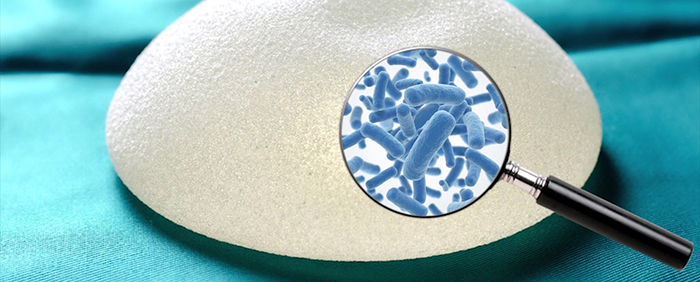

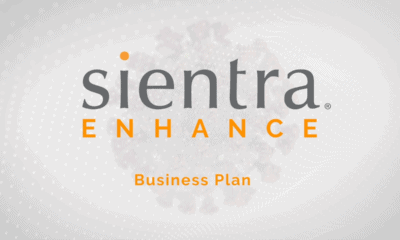
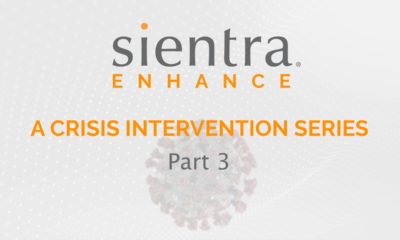

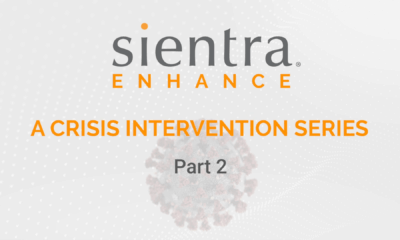
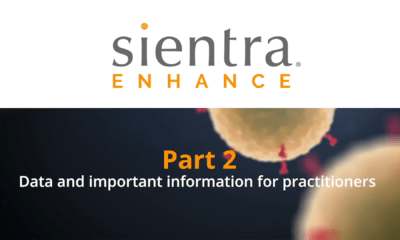
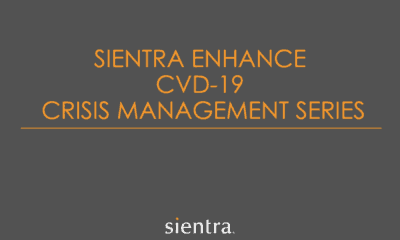
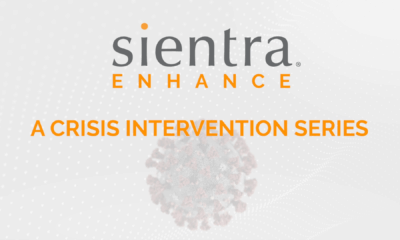
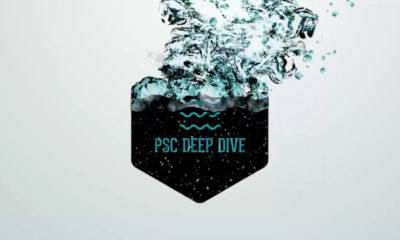





Facebook
Twitter
Instagram
YouTube
RSS